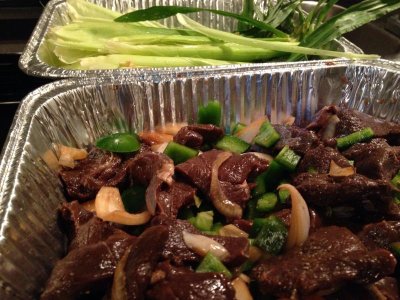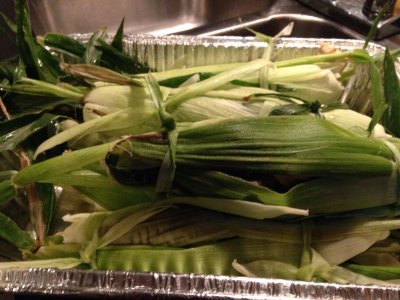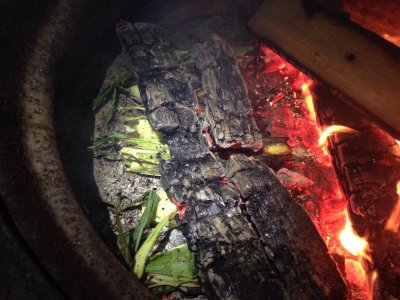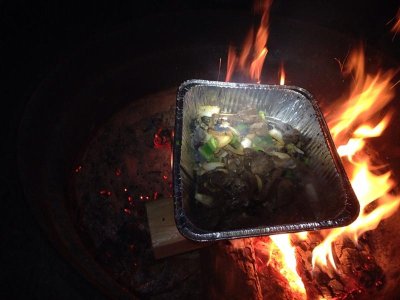Boshizzle
somebody shut me the fark up.
OK, thinking through this over the last couple of days, I am leaning towards using cabbage and / or Swiss chard leaves instead of burlap and foil. First, leaves are what the author described and two, I can get those kinds of leaves.
After investigating this style of cooking further, I have learned that the coals heating the ground play a part in this cooking technique, too. So, I am working on a way to replicate that in my Weber. Apparently, the heated ground and the leftover ash all play a part in preventing the leaves from burning. Stay tuned.
After investigating this style of cooking further, I have learned that the coals heating the ground play a part in this cooking technique, too. So, I am working on a way to replicate that in my Weber. Apparently, the heated ground and the leftover ash all play a part in preventing the leaves from burning. Stay tuned.




